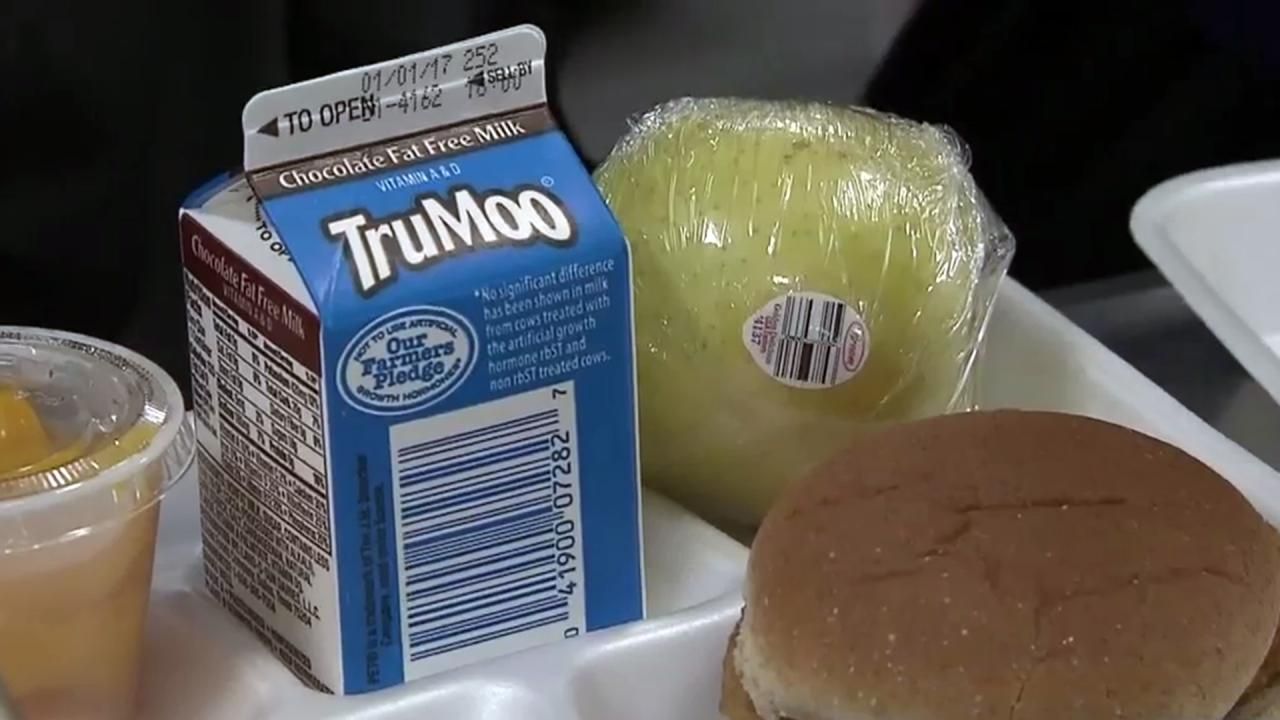Wake school system proposing school lunch price increase next year

The rising costs of food, packaging, supplies and employee benefits are prompting the Wake County Public School System to propose an increase in school lunch prices by a quarter next year.
The board raised meal prices two years straight, citing similar financial challenges, although some board members voted against it last year. During a Tuesday work session, board members expressed little favor toward the proposal and asked many questions about alternative options and whether cutting down on food waste could help.
The proposal would raise breakfast and lunch prices at all schools by $0.25. For a 177-day school year, that would cost a family $44.25 more for lunch in a school year per child. It would cost $88.50 per child if the family buys breakfast and lunch.
Prices would rise from $3.25 to $3.50 and from $1.50 to $1.75 for elementary school lunch and breakfast, respectively. They would increase from $3.50 to $3.75 and $1.75 to $2.00 for middle and high school lunches and breakfasts, respectively.
The expected revenue from raising breakfast and lunch prices is $1.1 million, $870,000 of which would come from the lunch price hike.
Currently, the North Carolina General Assembly covers the reduced price for students who qualify for reduced-price meals, meaning those children receive their meals for free.
The school board heard the proposal during an afternoon work session Tuesday but won’t take the proposal up for a vote until May 21 at the earliest.
School nutrition services departments are financed separately from other school operations; they are funded entirely by their revenues and can’t run a deficit. While some grants can help them, generally other funds cannot be transferred to them to help them break even. That means funding comes from the price of meals — paid meals and the federal reimbursement rates for free and reduced-price meals.
The school board, along with several others in North Carolina, raised lunch prices two years ago by the same amount, amid a more volatile supply chain. The board raised prices again last year by the same amount, along with a few other school boards.
On Tuesday, district Senior Director of Child Nutrition Services Paula DeLucca said the district is limited in how it can adjust meals to reduce costs. Under federal law, school lunches have to meet certain nutritional and portion requirements, and sodium requirements are becoming stricter in the coming years, DeLucca said.
If the board did not raise prices, DeLucca said, the district could look for cheaper food and supplies, cut staff or use leftover money intended for a rainy day. The district does plan to use $2.7 million in leftover federal grant money next year.
Last year, to avoid bigger price increases, DeLucca said, the district cut staff and made oversight of some operations regional instead of at the school level. That meant a loss of cashiers and other school-level employees. That also meant an increase in time spent in lunch lines for some students, DeLucca said.
School board members asked Tuesday about reducing food waste as a means of reducing costs. They said kids throw away food they don't want, although they're required to be served certain items.
"How many whole apples are getting thrown away every day? Or milk cartons?" Board Member Sam Hershey said.
DeLucca said she and other nutrition directors have discussed the need to change nutrition standards, but more costs have become a larger issue recently. Leaders also want higher reimbursement rates for meals.
The challenge is to "figure out how to provide a service at a reasonable cost that the kids like, that families value and that’s sustainable," DeLucca said.
DeLucca said time may also be a reason for food waste; children may not be spending enough time sitting and eating, in part because some may wait in long lines.











